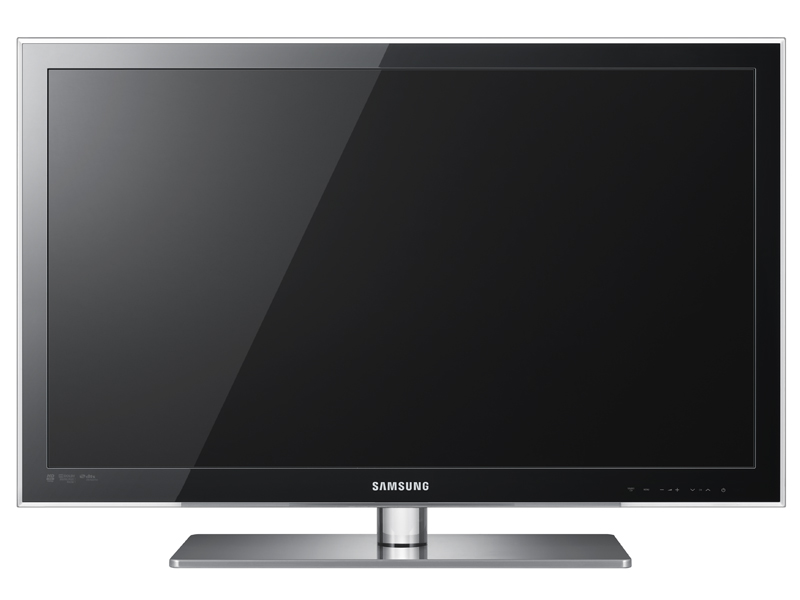Why you can trust TechRadar
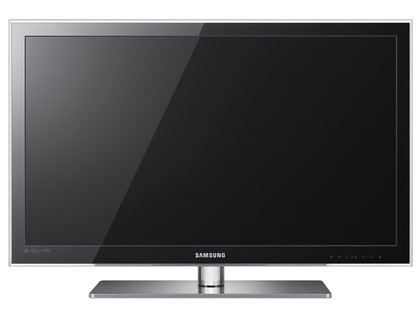
Before we get stuck in to the features that the UE32C6000 does have we should start by mentioning two that it doesn't – 3D imaging and internet TV.
The absence of internet TV is no cause for concern as it is not everyone's cup of tea; many of these services are a waste of space with the better ones to be found on Blu-ray decks such as Sony's excellent BDP-S370 rather than TVs.
No 3D, yet...
Whilst 3D capability will become a standard feature on larger screens it's unlikely to feature on sub-37in models for some time because the 200Hz processing requirements cannot be met and the immersive 3D experience is rather lost on smaller screens anyway. No 3D, no big deal.
Take those two red herrings out of the equation and you have one of the most highly specified 32in screens on the market. A glance round the back confirms the UE32C6000's high-end spec with four HDMI sockets, a set of component video inputs, a CI slot, a mini analogue RGB input (with Scart adapter lead supplied), dual USB sockets, a D-sub PC input, Ethernet port, digital optical audio and a headphone jack, which is often regarded as a bit of a luxury these days.
The UE32C6000 can pretty much cope with any type of picture source from avi and mkv files to 1080/24p Blu-ray.
Tweaking the picture
It comes as little surprise then to discover that under the bonnet picture calibration is the name of the game with more picture tweaks than there are barrels of oil in the gulf of Mexico.
Basic picture options comprise modes called Dynamic (eye-searingly bright - the default showroom setting), Standard, Natural (reduces eye strain) and Movie (for watching in a dark room). There are of course the standard backlight, contrast, brightness, sharpness, colour and tint controls plus Eco solutions that render the image with different levels of brightness to match your environmental disposition.
Imagine the possibilities, so says the logo on the cover of the manual. This should be taken as a warning as to the level of complexity that can be achieved when you lose yourself in the jungle of controls at your disposal.
Within the Advanced settings menu you'll find three types of black level adjustment (black tone, dynamic contrast and shadow detail).
Also here colours can be altered in myriad ways via menus for gamma (primary colour intensity), RGB only mode (for external sources), colour space (auto, native and custom), white balance (red, green and blue darkness and brightness levels), flesh tone (emphasises pink) and 10-point white balance (pre-set steps).
Then there are on/off controls for xvYCC, edge enhancement and LED motion plus. The latter is important for removing judder and often the cause of haloing on LED screens.
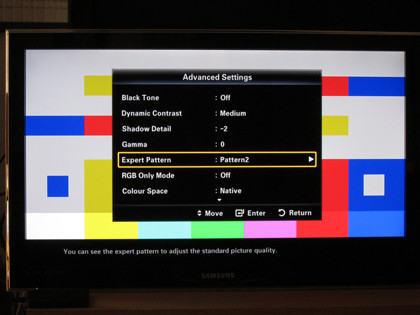
Not satisfied? Delve in to another menu called Picture Options which allows you to adjust the colour tone (cool, normal, warm1 and warm2), picture size, digital noise filter, MPEG noise filter, HDMI black level, film mode and 100Hz Motion Plus.
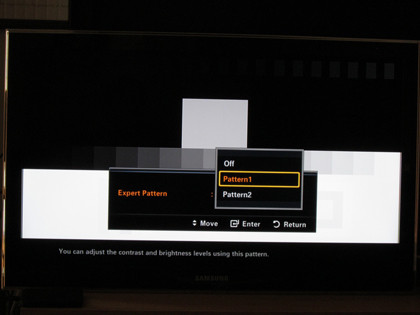
Film mode sets the screen to automatically sense and process film signals according to the source whilst 100Hz Motion Plus can be set to clear, standard, smooth, custom, demo and off with various combinations of blur and judder reduction on offer. There are even two so-called Expert patterns (one black and white, one colour) to help you see the results of making each adjustment.
Sound-wise the UE32C6000 doesn't look any better equipped to deliver a decent listening experience than any other thin TV with the ubiquitous 2 x 10W speakers, however it's pleasing to see SRS TheaterSound is on board.
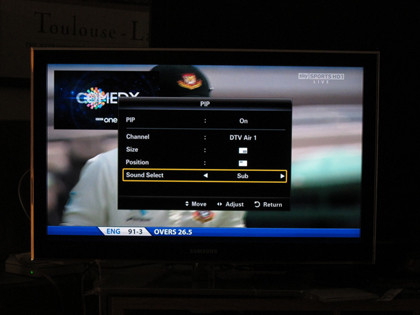
This offers standard, music, movie, clear voice and amplify(hard of hearing) modes, plus there's an equaliser and SRS TruDialog and TruSurround HD (virtual 5.1 over headphones).
You can simply plug in a USB flash drive or hard drive to access multi-media files or connect to a home network by using a CAT5 cable or invest in an optional wireless link.
The acronym-saturated networking descriptions in the manual are enough to make an IT worker weep and if you're computer or router isn't willing to give up the secret codes that allow access to your network, which the manual thinks is highly likely, you're advised to speak to your network provider.
Confusingly, the manual alludes to internet access simply by hooking up to a router but we feel a phone call coming on.
Current page: Samsung UE32C6000: Features
Prev Page Samsung UE32C6000: Overview Next Page Samsung UE32C6000: Picture quality